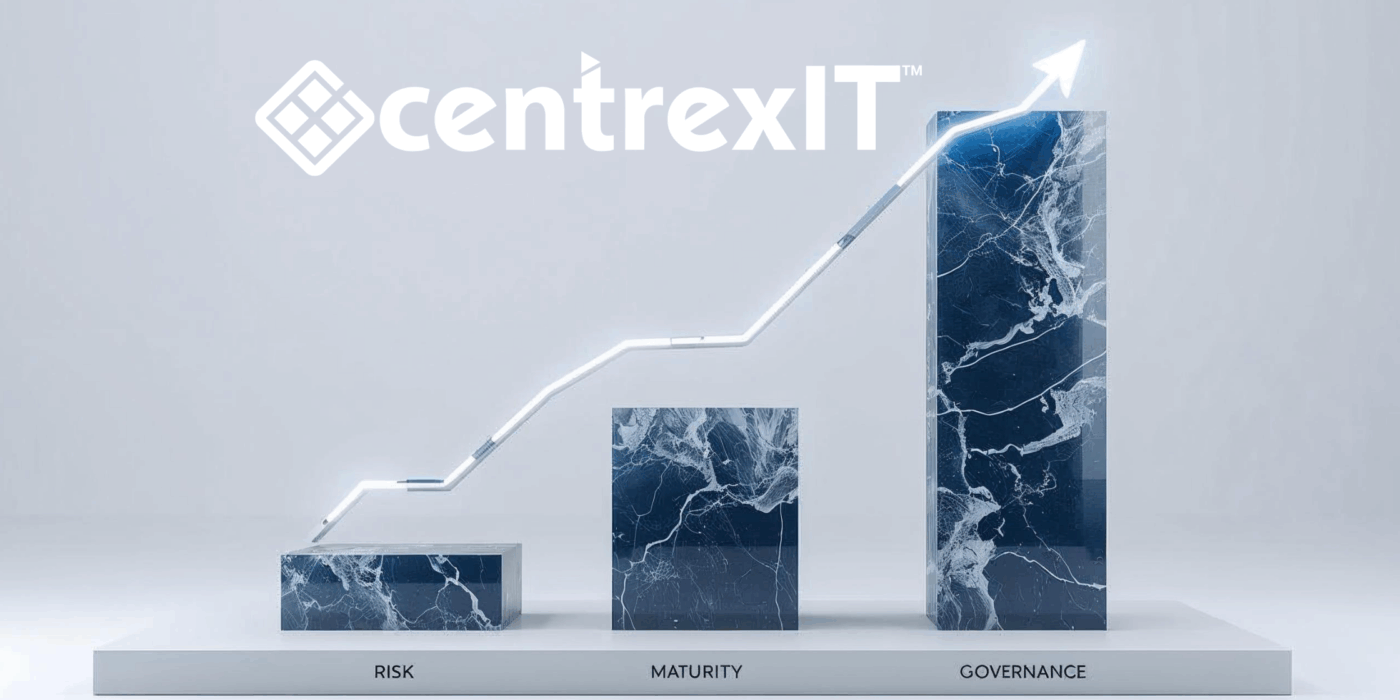Every leader dreads this question from the board or a major investor. It’s concise, high-stakes, and seemingly requires a simple “Yes” or “No.”The truth is, both answers are insufficient—and potentially dangerous. A simple “Yes” is an open invitation to litigation if a breach occurs, and a nervous “No” causes panic without offering a solution.
The key to answering with genuine confidence and authority lies in re-framing cybersecurity from a technical burden to a disciplined practice of business risk management. Your board doesn’t want to hear about firewalls; they want a defensible strategy that protects the enterprise and their liability.
Here is the strategic framework for reporting on security to your leadership team:
1. Quantify the Risk Exposure: Speak in Dollars, Not Threats
The language of the boardroom is finance. Stop talking about the types of malware and start quantifying the potential financial impact of a breach.
Identify Critical Assets: What data, systems, or operational technology are most vital?
Estimate Loss: What is the estimated cost of Recovery Time Objective (RTO)? Factor in regulatory fines, incident response, lost revenue from downtime, and the permanent cost of reputational damage.
Measure Mitigation ROI: Report the cost of a mitigation strategy (e.g., implementing multi-factor authentication across the enterprise) against the cost of the loss it prevents.
By translating cybersecurity into quantifiable risk, you transform fear into a measurable equation that is taken seriously by the CFO and the board.
2. Measure Security Maturity, Not Just Status
A basic checklist confirms you own a security tool. A Security Maturity Model demonstrates how effectively you use it and how well your defenses function under pressure.
Instead of reporting: “We have an endpoint detection tool installed.”
Report this instead: “Our security maturity score has improved by 15% this quarter, moving us from a Reactive to a Proactive posture, based on standardized framework X.”
This approach shows continuous governance, proactive investment, and systematic improvement—all things that reassure the board that risk is being actively managed over time.
3. Prove Governance and Oversight
The most critical component of leadership reporting is proving that risk decisions are aligned with business objectives. When you demonstrate that the leadership team is actively engaged in reviewing and approving major security investments, you protect yourself and the board from potential liability.
A defensible security plan shows a clear chain of custody for decision-making and confirms that the organization is meeting its duty of care to stakeholders. This governance framework is your ultimate shield.
The Next Logical Step: Gaining Defensible Clarity
You can only build this framework with objective, third-party data. Attempting to build a financial case, measure maturity, or prove governance using internal, often biased, data is a recipe for skepticism.
The first and most critical step toward answering your board’s toughest question with genuine confidence is a Cybersecurity Risk Assessment.
An assessment provides the executive-ready data you need: it pinpoints vulnerabilities, quantifies the financial risk, and gives you the objective maturity scoring required to transform your security reporting from technical jargon into a clear, strategic, and defensible business case.
Don’t wait for a breach to define your governance. Contact us today to schedule your Cybersecurity Risk Assessment and take control of your risk narrative.
Don’t wait for a breach to discover the true value of your cyber insurance policy. Schedule your Cybersecurity Assessment today and gain the clarity and control you need to protect your business.
